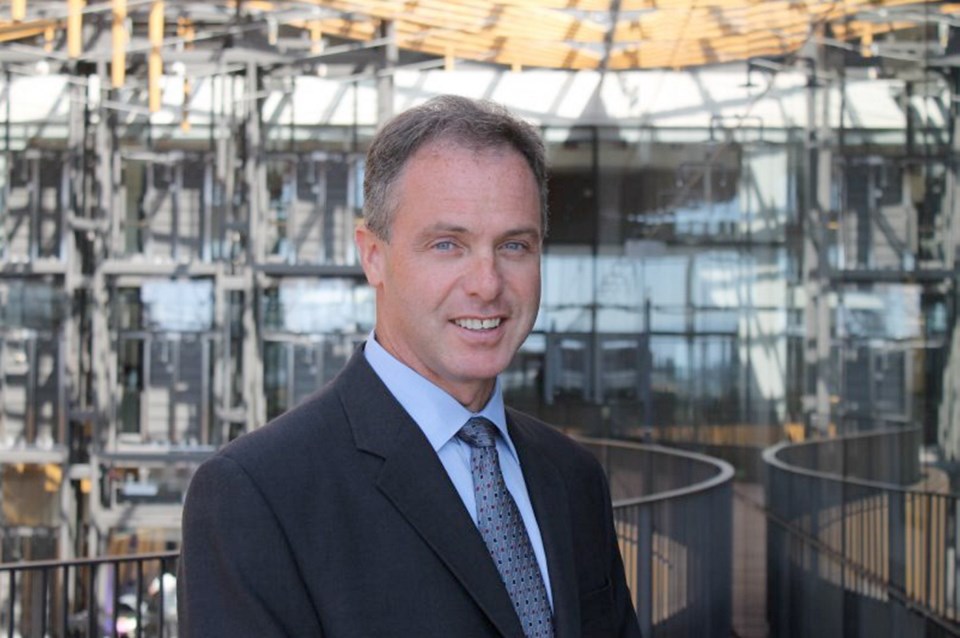B.C. Ferries is looking to add about one new ship a year for the next 12 years, at an average cost of $70 million apiece, says president and CEO Mark Collins.
Collins was commenting on B.C. Ferries’ year-end report for the 2017 fiscal year, and on efforts to ensure future needs will be met. He said the corporation is in a sound financial position.
“This strong financial performance will be essential in helping us renew the fleet, pay down debt, as well as reduce our future borrowing and associated costs,” Collins said in a statement. “As a more sustainable ferry provider, we will be better able to deliver fare stability and continue to provide safe and reliable service to our customers.”
The only fare increase in the 2017 fiscal year was a 1.9 per cent hike on vehicle fares for the Swartz Bay-Tsawwassen, Duke Point-Tsawwassen and Departure Bay-Horseshoe Bay routes.
Net earnings for the 2017 fiscal year were $77.4 million, while revenues rose to $859.3 million from $834.6 million, largely because of more customer traffic and higher retail earnings.
There was a 2.9 per cent rise in vehicle traffic and a 1.7 per cent rise in passenger traffic, with overall traffic levels at their highest since 2008.
“Solid earnings from the growth in traffic is helping build a strong system for the communities we serve,” Collins said.
Higher traffic levels also contributed to a jump in operating expenses, to $762 million from $709, due to such factors as labour costs, contracted services and training.
Collins said a trio of new ferries has had an impact.
“A significant step forward this year is the introduction of the Salish-class, natural-gas-fuelled vessels which are cleaner and less costly to operate,” he said.
The aim is to have a standardized fleet where ships can be interchanged, Collins said, something that can reduce costs and environment impact, and increase safety.
Conversions are coming for the fleet’s two largest ferries, the Spirit of British Columbia and the Spirit of Vancouver Island, which will allow them to run largely on liquefied natural gas and also have the ability to run on low-suphur diesel fuel.
Notable events in the 2017 fiscal year included the establishment of a five-year agreement between B.C. Ferries and Victoria’s Point Hope Maritime, covering maintenance of eight smaller vessels, meaning about 20 scheduled dry dockings for the vessels during that time.
The arrival of the new Salish-class vessels will lead to retirement for the 52-year-old Queen of Burnaby, being replaced by the Salish Orca, and the 53-year-old Queen of Nanaimo, being replaced by the Salish Eagle.
Also in fiscal 2017:
• Federal funding was approved for a major upgrade of the Langdale ferry terminal.
• An agreement was finalized to acquire a used 75-metre vessel, built in 2000, to sail between Port Hardy and Bella Coola. B.C. Ferries will take ownership in August.
• A $60-million contract agreement was reached with the Damen Shipyard Group in the Netherlands for construction of two smaller vessels to serve the Powell River-Texada Island and Port McNeill-Alert Bay-Sointula Island routes.



